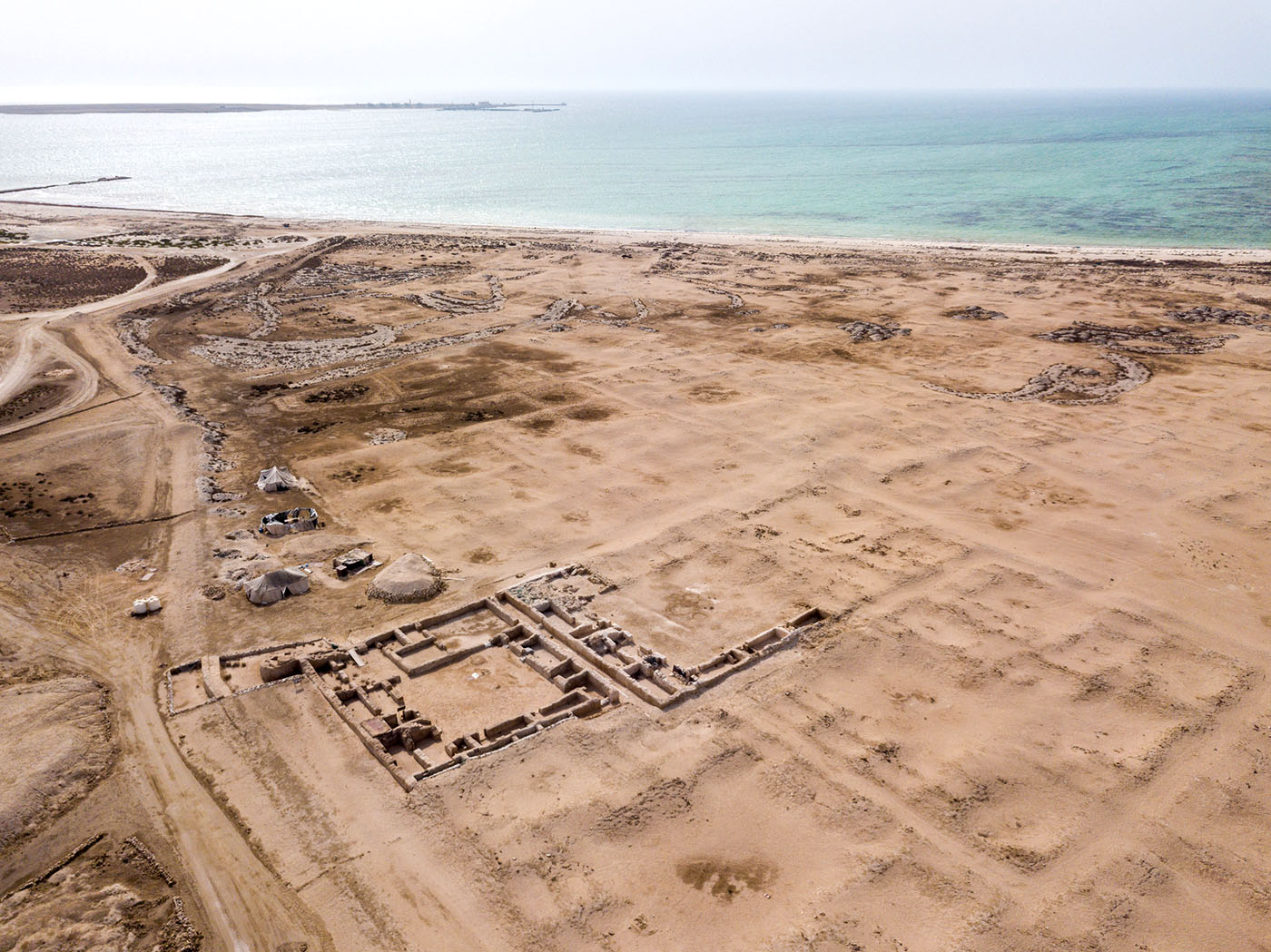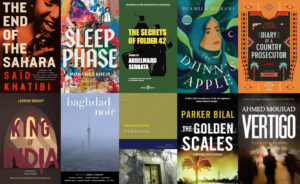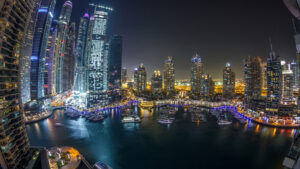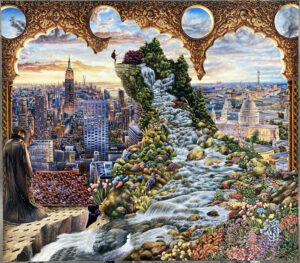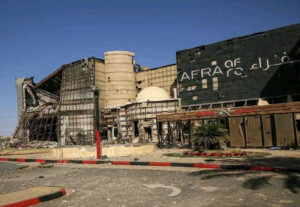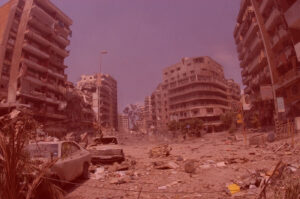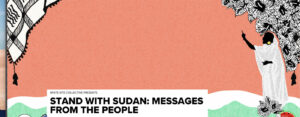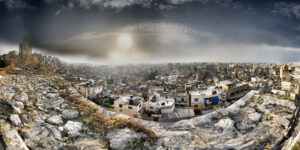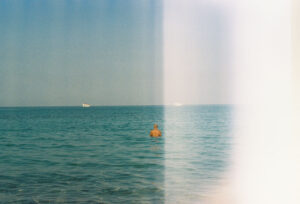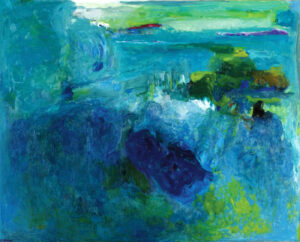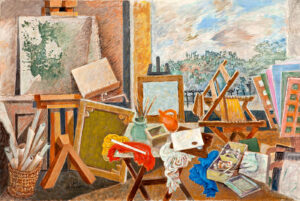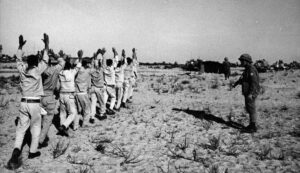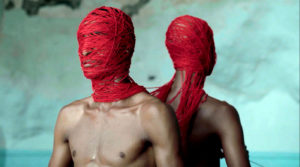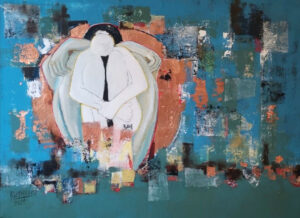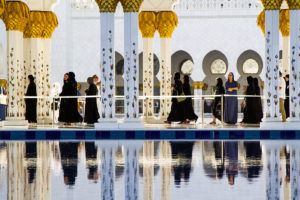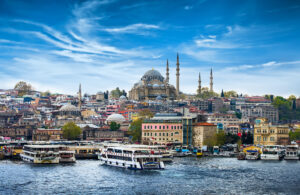Sophia al-Maria
“Is this science fiction? Yes, but up until now all environmental mutations derived from an irreversible tendency towards a formal abstraction of elements and functions, their homogenization into a single process, as well as to the displacement of gestural behaviors: of bodies, of efforts, in electric or electronic commands, to the miniaturization in time and space. These are processes where the stage … becomes that of the infinitesimal memory and the screen.” — Jean Baudrillard
So is this science fiction? Yes.
But this is also a romance in miniature and a catastrophe at large. The things you’ll see and read are both strange and beautiful: a cavalcade of technology, theory and history presented in approach to a poetic and ironic analysis (as prescribed by J. B.) of the contemporary Persian Gulf: a region acting as uncanny preview of long-imagined futures/nows where love is mediated by mobile and death conquered by camera.
Built on the retreating sands of reality and increasingly submerged in the unreal, the Gulf has become a place where individuals are forced to fracture their lives into multi-dimensional zones of illusion and reality. Squeezed by the intense hyper-pressurized conditions of life in the Gulf, by puberty young girls have stepped into their black abayas already diamond-cut: multifaceted and many-faced. Worn veterans of poly-existence, they effortlessly navigate the complicated culturally specific binary code of public and private, truths and lies, me and you.
Of course this has always/already been told in abstract prophecies by the champions of inner space (J.G. Ballard, P.K. Dick, H.I. Sabbah, F.M. 2030). But now it is a multi-staged/thousand-plateaued plot being constantly related via invisible webs of communication in simple images by real beings with ‘effective motivations’ and endless resources. Optimistic futurism has faded into an apocalyptic narrative informed in equal parts by Islam and post-modernity. We can read this narrative in the vast and undulating mass of media which blankets the Gulf, painted in broad strokes by the thin brushes of personal media recorded on mobile phones and laptop computers.
In a region like the Persian Gulf we can see a fascinating (and utterly weird) crop of video files that are being shared across national borders, across sexual boundaries and across age groups. And despite the cultural signifiers inevitably present in these videos such as dress or music or facial features, they somehow manage to be culturally universal. To watch them is to understand.
The big shift that has happened is less to do with content of the media than with the collapse of two platforms of visual consumption: the socially-shared/mandated/public broadcast of television and the secret/pirated/specialized/private world of black-market, dubiously sourced video. These artifacts in MOV and MP4 present a movable feast, flickering on the tiny handheld screens of absolutely everyone. It is a thoroughly cross-generational, non-gender-specific obsession.
This mobile media is increasingly intrusive. It probes the most private and illicit (orgies, cross dressing, drugs) along with the mind-numbingly dull (computer tutorials, baby pictures, blurry street shots) aspects of Khaleeji life. This trajectory towards inner space via culturally modified technology runs directly in line with J.G. Ballard’s prediction of narrative fiction dying at the hands of everyday vignettes related to audiences on cassette and videotape.
Of course at the time of Ballard’s essay “Which Way to Inner Space?” Centel had yet to put their early mobile prototype on the market, let alone add a camera or Bluetooth capability. However Ballard, a great lyricist of the mundane manages to envisage a science fictive subject matter far ahead of its existence. Ballard’s imagined inner-space science fiction could as easily be captured on a grainy MOV file as it is expressed here in his words, “the gleam on refrigerator cabinets, the contours of a wife’s or husband’s thighs passing the newsreel images on a color tv set, the conjunction of musculature and chromium artifact within an automobile interior, the unique postures of passengers on an airport escalator.”
Such is the stuff of new and interesting science fiction for Ballard and it exists in abundance around the Persian Gulf where image and video proliferate indefinitely via the boundless viral web of mobile phone culture or as the handsets are called in Arabic: jawal. These files know neither sex nor death though they often provide the subject matter along with the more humdrum. “It is for this reason that they obsess us in this period of recession of sexuality and death: Through images we dream of the immortality of protozoa, infinitely multiplying through contiguity in an asexual chain of progression.” This spontaneously unfolding progression of images Baudrillard speaks of has in fact taken up the service of plot in the Grand Guignol and apocalyptic farce that the Gulf is enacting now. Each file is a mini act, chapter and verse unto itself. A small notch in a greater story being acted on countless LCD theaters in the palms of an enthralled and participating audience.
Since the pre-Islamic Jahiliyyah, the Gulf has been home to prolific chroniclers and great poets: “The mediator-storytellers, through whom truth is summoned to unwind itself to the audience.” But unlike many of the great narrative traditions, our bards skipped the formality of the written word and jumped directly from relating aural tradition in poetry to living AV possibilities through their top-of-the-line and standard issue jawal. In Dammam, Doha and Dubai the phone-cameras are always capturing and the Bluetooth always on. The collectively sung and recorded epic is told unsentimentally by a million faces on a million screens, each outfitted with the tool to tell (the jawal) but stripped of the ability manipulate fate or change the conclusion.
The last event that went unrecorded by the jawal was the moment of collapse. The cameras weren’t rolling when the colossal gravitational force of the Gulf’s ancient cultural/spiritual/technological platforms bored a hole in reality. The volatile forces of a regressive Islam, foolhardy futurism and sudden wealth jettisoned the oil-states through this fresh temporal portal into a prophetic unreality at the edge of our end.
Although cyber-levels rise around the globe as our understood reality melts away, the Gulf, being a flat desert plateau at the edge of a vast simulacra-sea will be the first to be completely immersed. But the boundaries between the real and unreal already exist seamlessly there, ungraspable but mediated through various types of screen (tinted window, niqab, LCD) and hidden by the shadows of privacy, propriety and law. Outside of the abstracting hothouse of the Gulf these same boundaries are cast under bright analytical lights and resultantly cannot attain such unchecked fluidity.
Secret subversion of rigid public rules and stilted conversation has resulted in the very separate flourishing of private worlds and the blossoming of rich interior lives that would not be nurtured in any other situation. Freed of the regulatory bounds which prevent real-life sex and death from occurring, the images born from these infinitely creative intimate inner spaces circulate as privately public. Without the proliferation of a device (the jawal) which made clandestine communication possible, these secret worlds would remain largely unexplored despite their rich theoretical resources for the mapping of our trajectory out of reality.
This is why the Persian Gulf is unique in the world as a floodlit, pressurized stage of the imaginary and birthplace of the very hole which caused its still recent conception. It is an infuriating abiogenesis which haunts all discussion around the Gulf, fueling what Jean Baudrillard called an “obscene rage” to unveil truth. “The more one nears truth, the more it retreats towards the omega point, and the greater becomes the rage to get at it. But this rage, this fury, only bears witness to the eternity of seduction and to the impossibility of mastering it.” Just as Orientalists were seduced and subsequently obsessed by what lay beyond the veil/garden-wall/Mecca, now we court speculation over what lays beyond reality: an imaginary visualized easily on the brittle science fictive pulp of today’s ‘Ole Araby.
The pulpy stock on which the story of the Gulf is printed is a mottled mesh of disappearing boundaries between the human and inhuman and the limits of life and death which has “turned our world into a world beyond.” And as Baudrillard terms it, the pages become “the site of total superstition.” Perfect for a the maudlin end-times farce of the Arabian dream: “a resplendent bazaar of repacked times and spaces (history and geography) to be encountered and consumed with an Edenic simultaneity … the infusion and diffusion of hyper reality into everyday life.” The exploration of inner space and the conception of a Gulf third space ala Edward W. Soja’s Los Angeles.
J.G. Ballard once said, “the cataclysmic tale is the most powerful and mysterious of all categories of science fiction,” and as “there has clearly been no limit to our need to devise new means of destroying the world we inhabit,” The Gaze of Sci-fi Wahabi will also be a sensationalized telling of the Persian Gulf at dusk on its thousand and first night, the eve of Armageddon, the end of time.
Our latter-day Scheherazade, Sci-fi Wahabi, is suffering from amnesia, exhausted by her quantum leap through time, terrified of the dawn and readying for That Which Is Coming. But being a fearless myth-correspondent, she relays images and video to us from the edge of time: right now.
The nocturnal poetics hidden in these grainy videos hate to be exposed and shrink from examination but for the sake of our story they will be probed into opening up.
I’ll invoke Ballard once more to elucidate Sci-fi Wahabi’s intentions in transmitting the seven videos attached with this project from the inner reaches of inner space:
“Each one of these fantasies represents an arraignment of the finite, an attempt to dismantle the formal structure of time and space which the universe wraps around us at the moment we first achieve consciousness. It is the inflexibility of this huge reductive machine we call reality that provokes infant and madman alike, using his imagination to describe the infinite alternatives to reality which nature itself has proved incapable of inventing.”
Everything Sci-fi Wahabi relates to us in these videos is part of a larger global satire and all of a local farce. It is a musical, a tragedy, a family saga told in MOV, or MP4. It is a leap of faith and stupidity over the vast gorge of cultural theory and speculative fictions.
It has a cast of millions and a budget of billions and is the serialized tales (in words and video) of what brought the Gulf to the cusp of history, through a shimmering warp in time and why the region IS the perfect stage and ideal host to the topsy-turvy variety show before Baudrillard’s high-kicking grand finale: exodus from reality.



